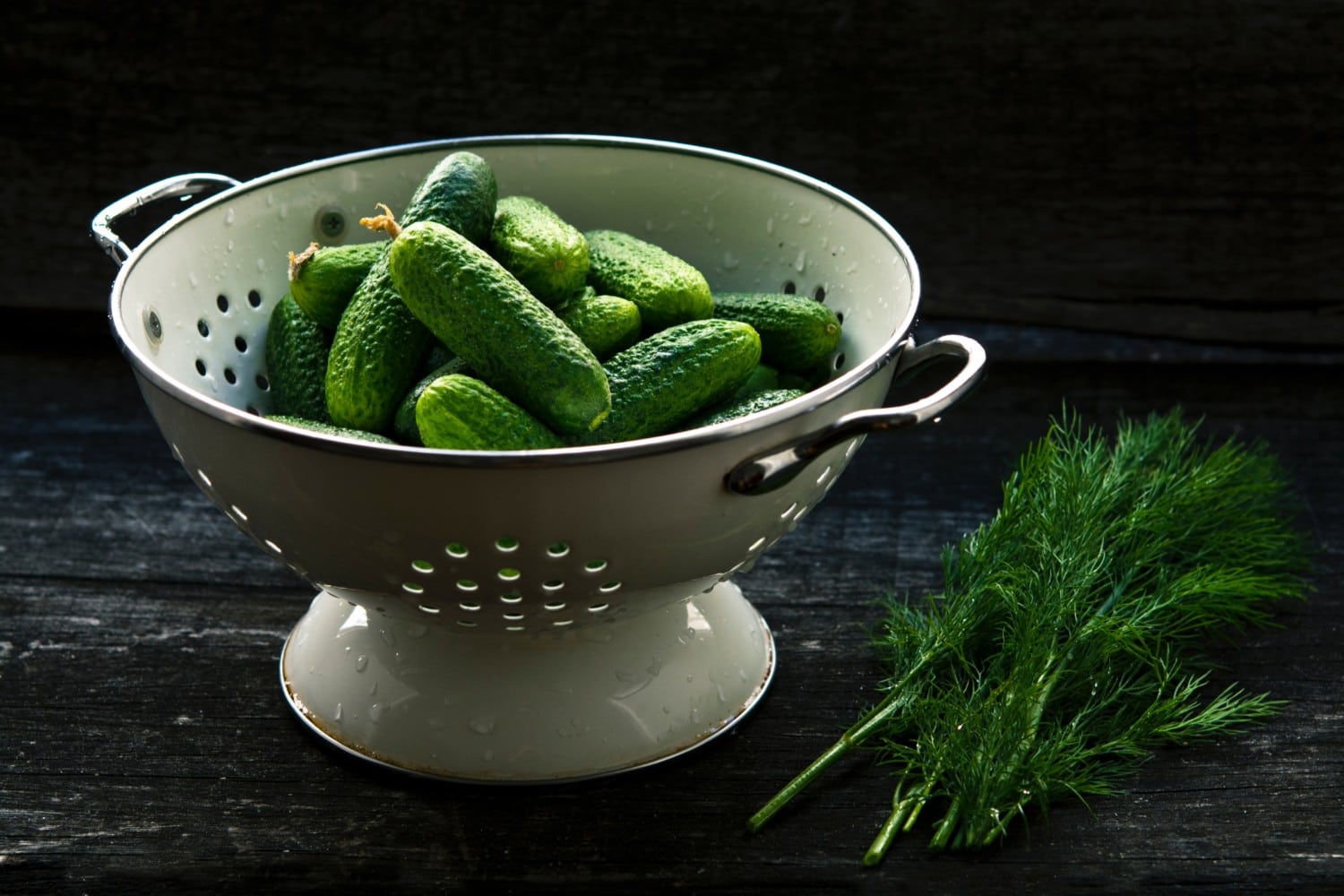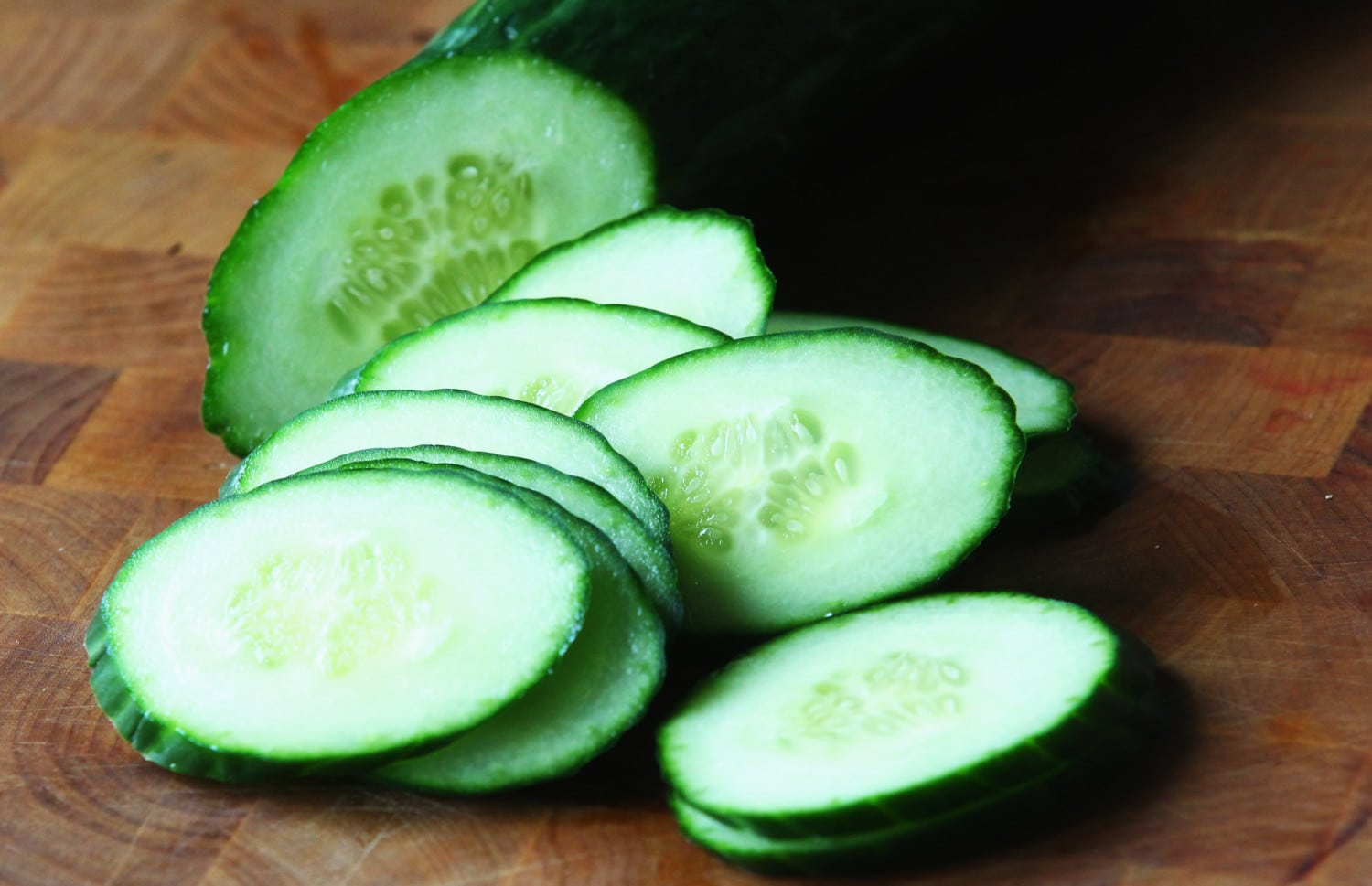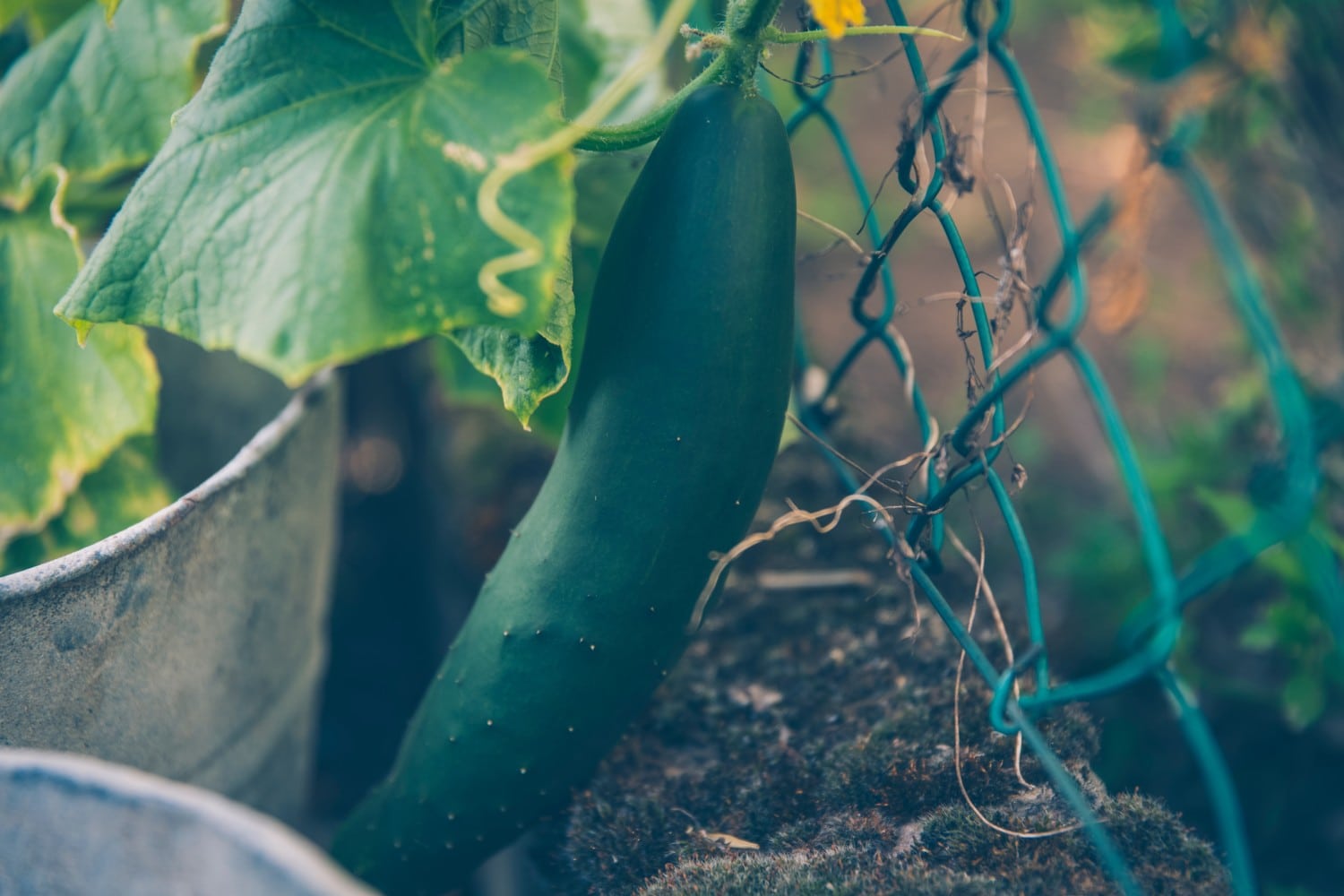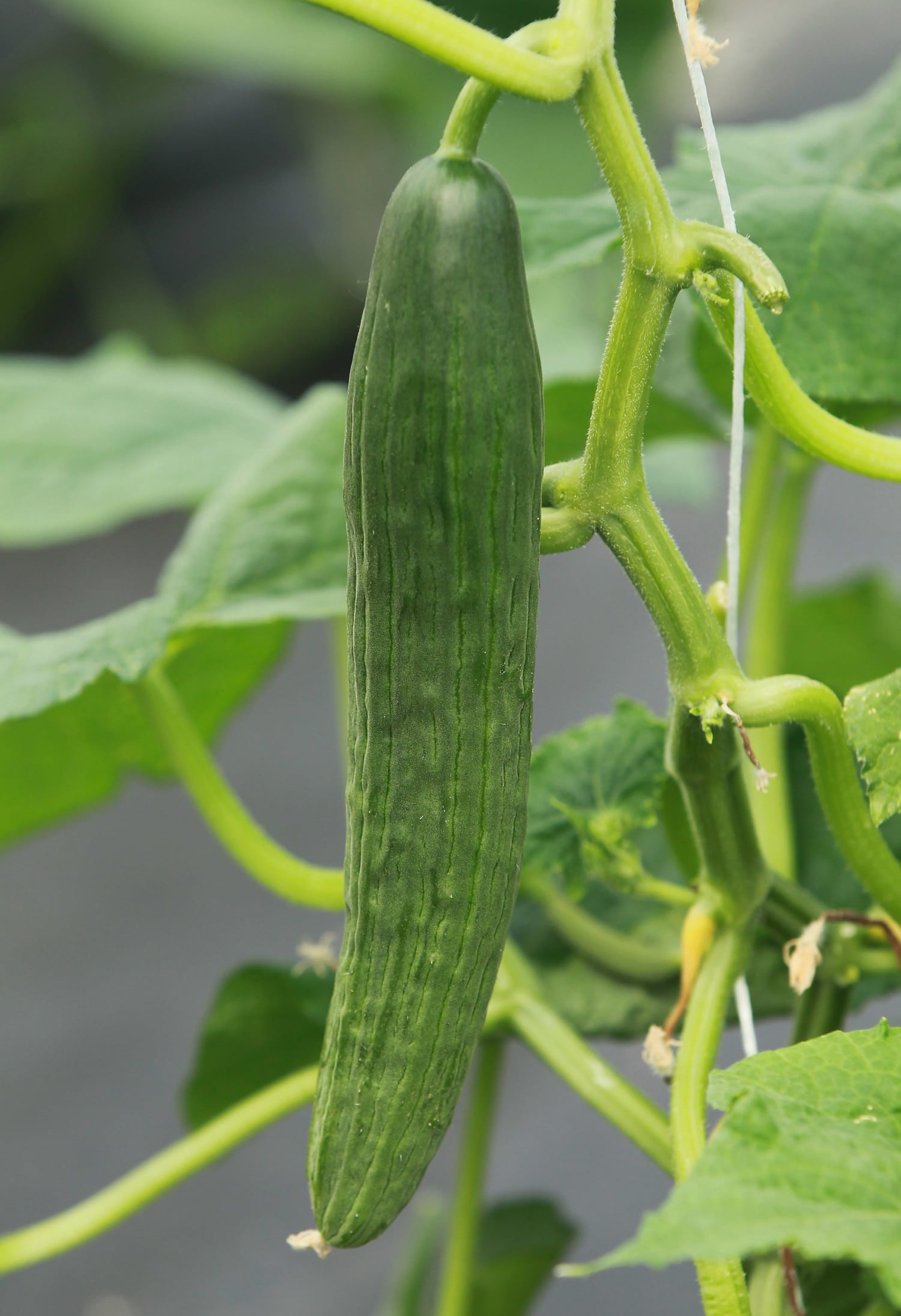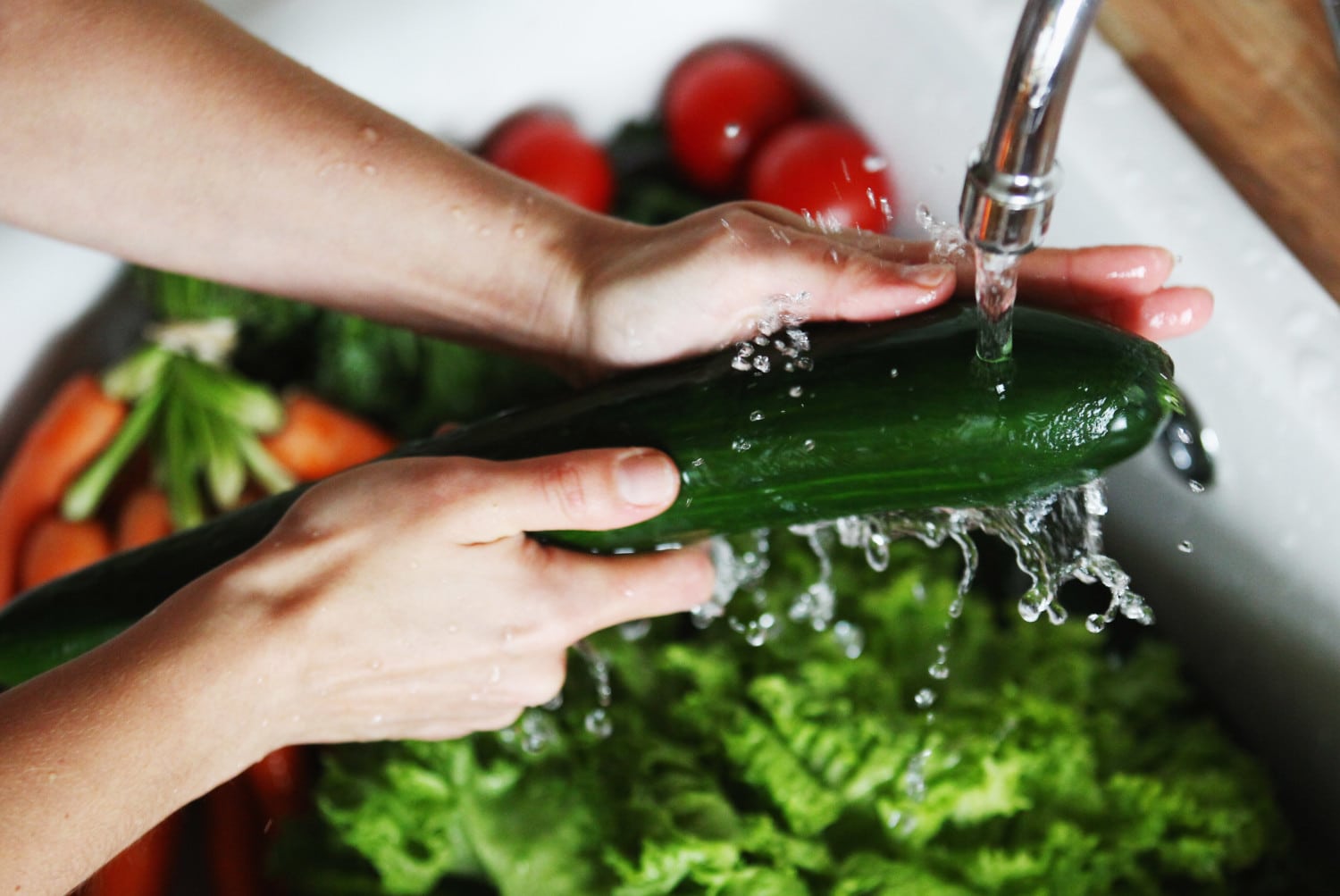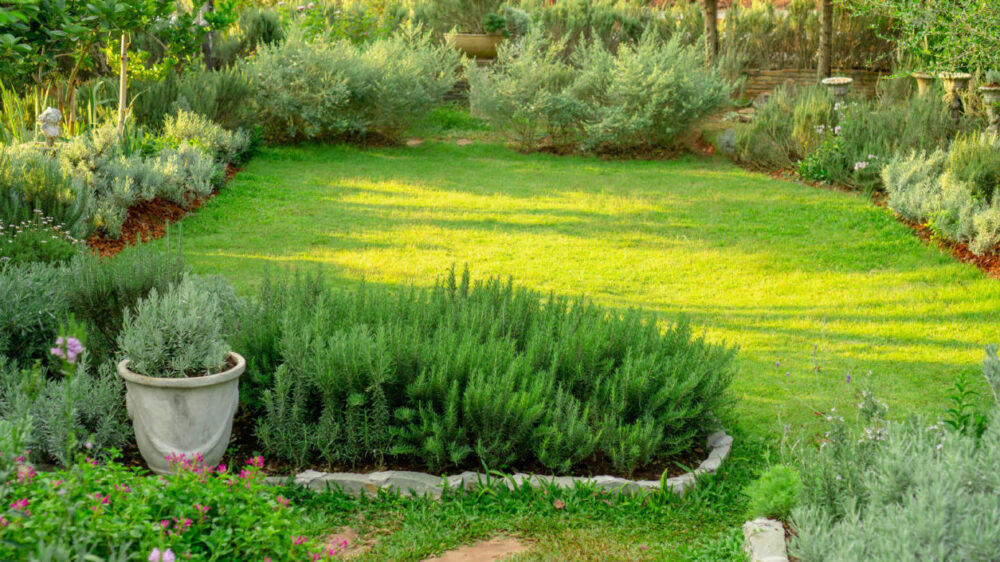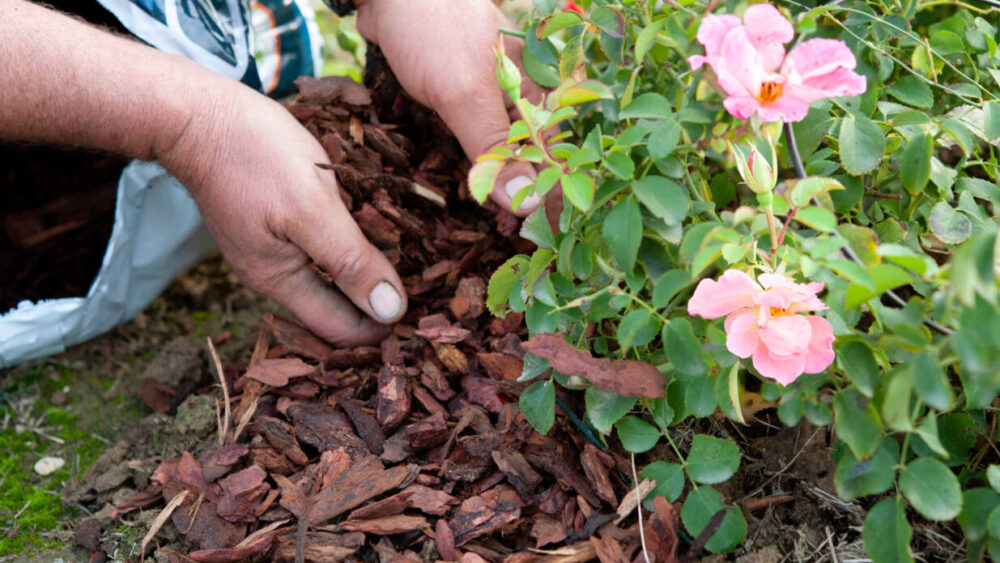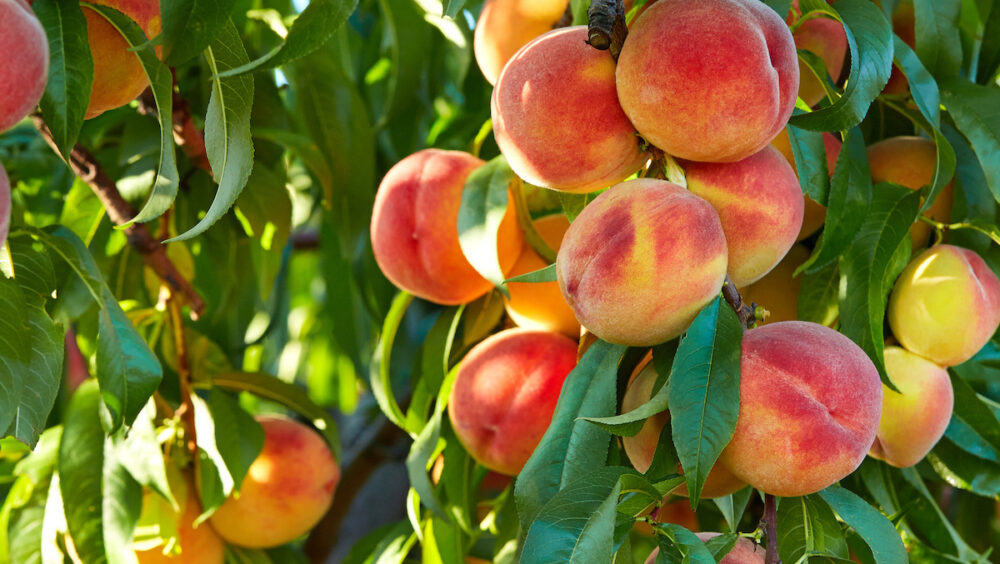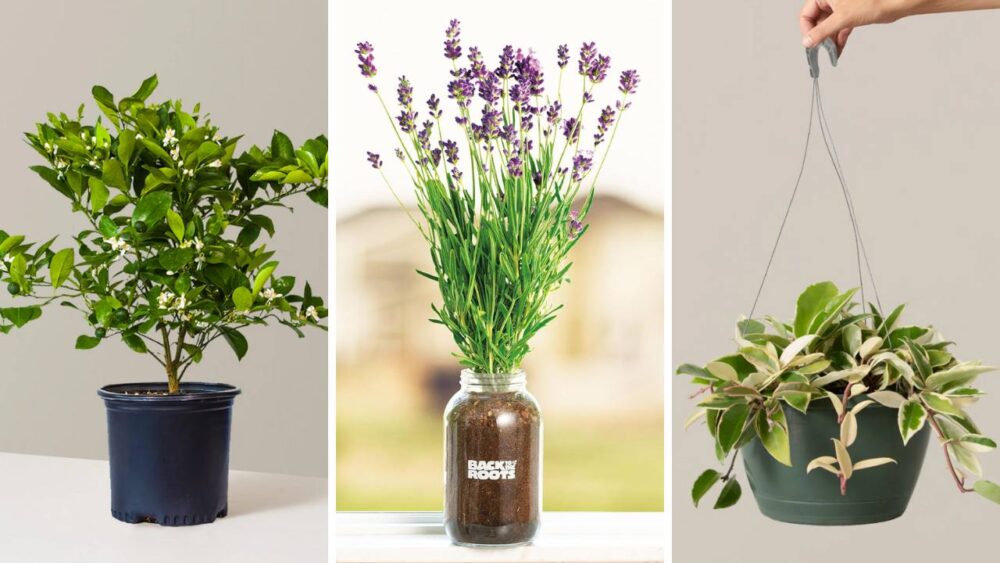Growing cucumbers? Avoid these 5 common mistakes
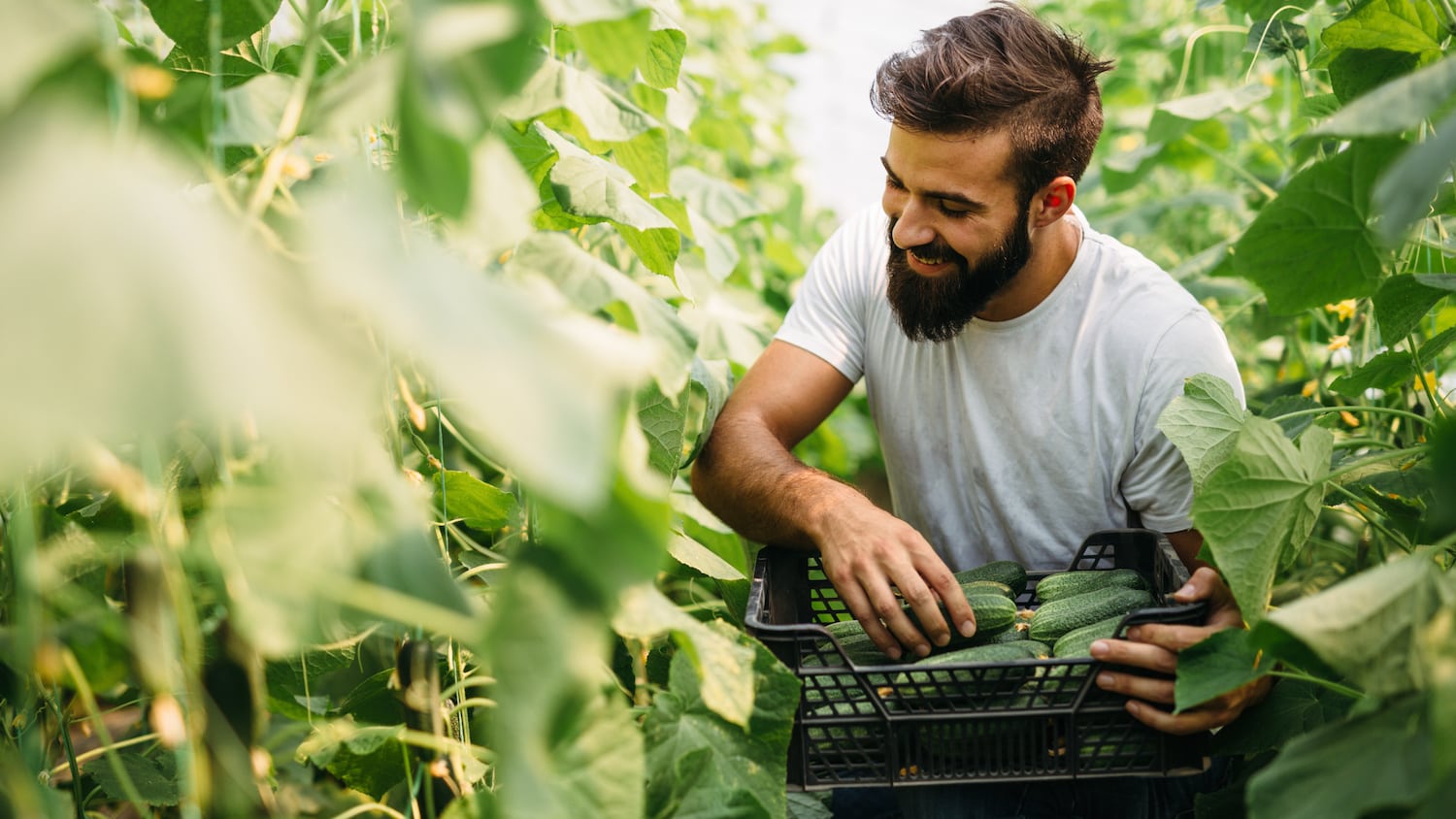
Cucumbers are water-rich, nutritious fruits (* technically, because of their seeds) that can star as the main act in a delicious salad, reinvent themselves as pickles and even make for a cool eye mask.
Convinced you need some in your own backyard garden? It’s time to get planting. But first, here are some mistakes that home gardeners often make when growing cucumbers — and what to do instead:
1. Planting The Seeds Too Early
Despite the old expression, “Cool as a cucumber,” this versatile summertime veggie thrives in the sunshine and the heat.
Cucumber seeds shouldn’t be planted any earlier than two weeks after the last frost date because they are very sensitive to frost damage. Your soil needs to be at least 70 degrees Fahrenheit for germination, according to The Old Farmer’s Almanac. Also, make sure you give your cucumbers a spot where they can enjoy full sun. Eager gardeners can start their cucumber seeds indoors a few weeks before transplanting them into the ground. (Perch them on top of a water heater so they get that bottom heat of about 70 degrees).
Suggested gardening tool: Check your soil temperature with a digital soil thermometer ($22)
2. Ignoring Soil pH
Cucumbers thrive in neutral or slightly alkaline soil with a pH of 7.0, so check your soil before planting. The Old Farmer’s Almanac also recommends mixing in compost or aged manure, and working it into the soil 6 to 8 inches deep. Your soil should be moist, but not too soggy. It’s best to plant seedlings 1 inch deep, and 36 to 60 inches apart, according to The Old Farmer’s Almanac. For vines growing on a trellis, space the plants 1 foot apart.
Suggested gardening tool: A soil tester that measures pH value, as well as moisture and sunlight ($11).
3. Not Giving Them Enough Water
Cucumber plants have shallow roots and require moist soil at all stages of growth, according to the University of Illinois Extension. If you don’t consistently water your plants, it can yield bitter-tasting cucumbers. The plants need 1 inch of water per week. Tip: You can put your finger in the soil and when it’s dry past the first joint of your finger, it’s time to water, according to The Old Farmer’s Almanac. When the seeds emerge, the plants are extra thirsty and should be watered 1 gallon per week.
Suggested gardening tool: Water your cucumbers with a soaker hose ($19) to help keep the leaves dry and keep them from getting diseases that can ruin the plant.
4. Having A Tiny Gardening Space
Most cucumber varieties grow on vines so they do require a lot of space. If you don’t have a big enough yard, though, you can grow cukes up a trellis, according to the Oregon State University Extension Service. Not only are trellises space savers, but they can also protect the cucumbers from damage that happens from lying on moist grounds. Talented gardeners might even be able to grow cucumbers in a hanging basket.
Suggested gardening tool: Employ a cucumber trellis ($40) to maximize gardening space.
5. Picking Them Incorrectly
Congrats! Your harvest is coming in and it’s time to pick those cucumbers. Don’t just pluck the cucumbers, though, because it can damage the vine. Instead, use a knife or clippers, The Old Farmer’s Almanac suggests. Also, a cucumber is best when its uniformly green, firm and crisp. If they turn yellow, you’ve waited too long to pick. It’s important to keep your plants picked because they’ll stop producing otherwise. Once you’ve picked them, tightly wrap them in plastic wrap. They can keep for a week to 10 days when refrigerated.
Suggested gardening tool: Snip your cucumbers from their vines with some garden scissors ($15).
In no time, you’ll have a garden full of cucumbers. Of course, if your harvest is huge, make some pickles (and oven-baked pickle chips).


